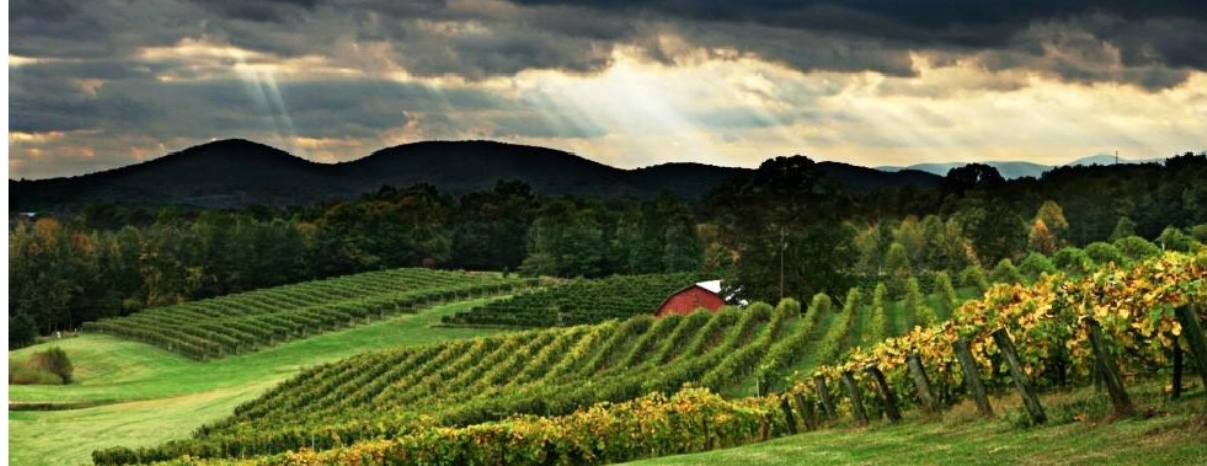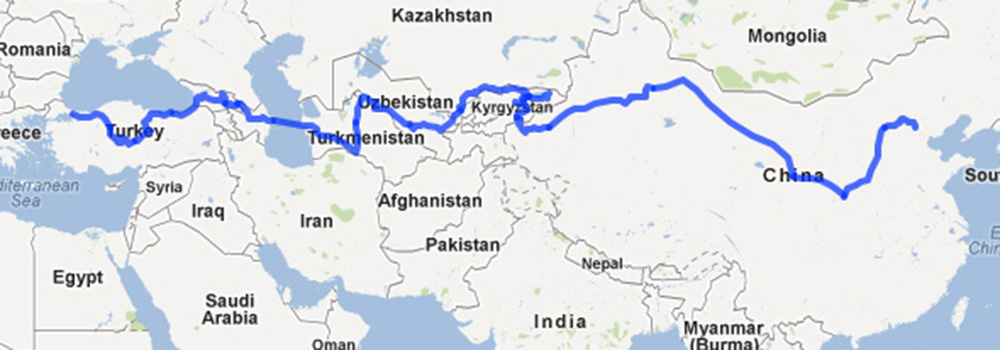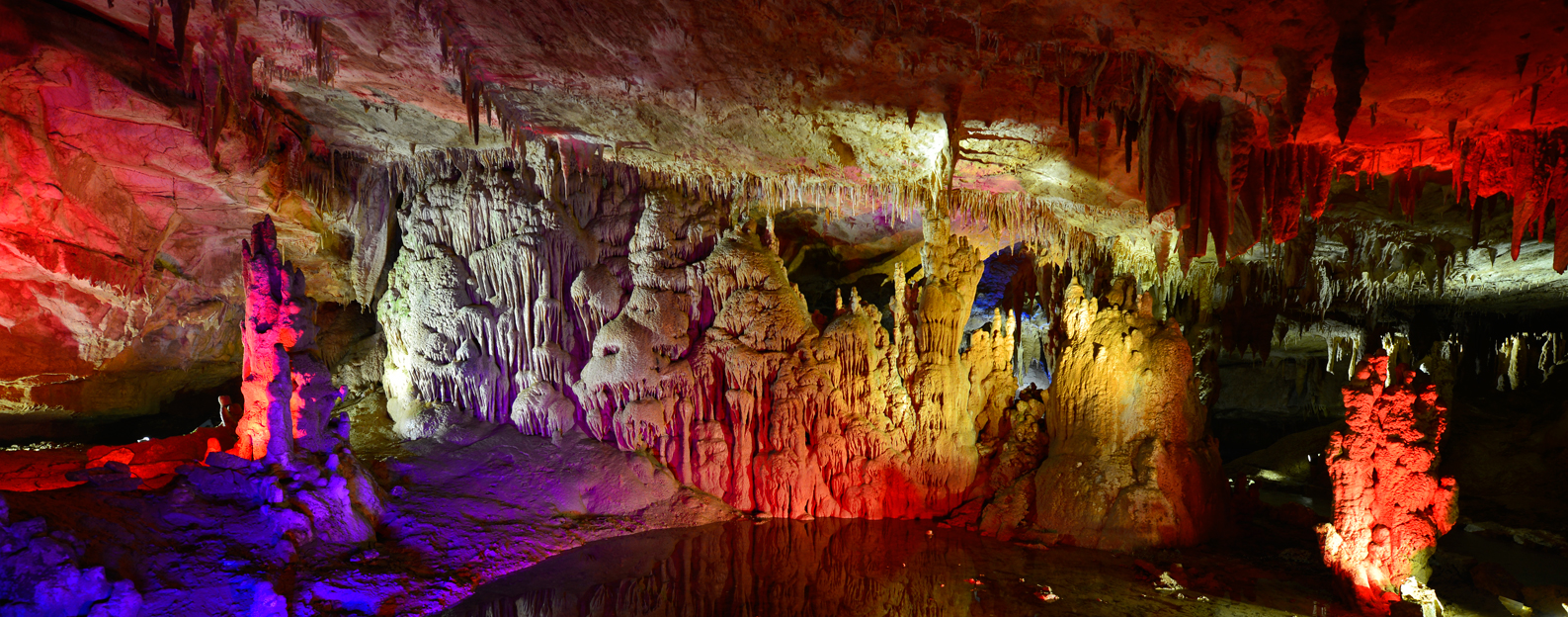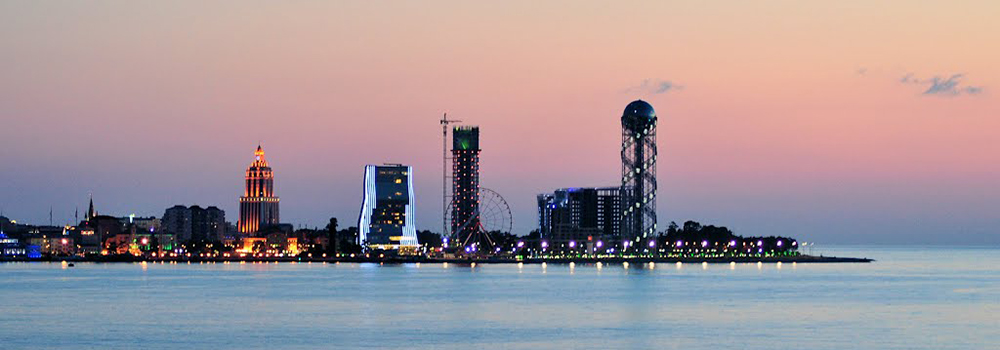
Georgia is one of the oldest wine producing regions of the world. The fertile valleys of the South Caucasus, which Georgia straddles, are believed by many archaeologists to be the source of the world’s first cultivated grapevines and neolithic wine production, over 8,000 years ago. Man discovered art of winemaking in Georgia 8,000 years ago. Due to the many millennia of wine in Georgian history, the traditions of its viticulture are entwined and inseparable with the country’s national identity.
It has been archaeologically proven that the roots of Georgian viticulture are between 9000 and 7000 BC, when peoples of South Caucasus discovered that wild grape juice turned into wine when it was left buried through the winter in a shallow pit. This knowledge was nourished by experience, and from 4000 BC Georgians were cultivating grapes and burying clay vessels, kvevris, in which to store their wine ready for serving at perfect ground temperature. When filled with the fermented juice of the harvest, the kvevris are topped with a wooden lid and then covered and sealed with earth. Some may remain entombed for up to 50 years.

There are just 14 independent alphabets in the world and Georgian is one of them. The Georgian kingdom of Iberia converted to Christianity in 326 AD. Scholars believe that the creation of an Old Georgian alphabet was instrumental in making religious scripture more accessible to the Georgians. This happened in the 4th or 5th century, not long after conversion. The oldest uncontested example of Georgian writing is an Asomtavruli inscription from 430 AD in a church in Bethlehem.

Our current UNESCO heritage sites include the ancient capital city of Mtskheta, the massive cathedral complexes of Bagrati and Gelati, and the mountain region of Svaneti. The construction of Bagrati Cathedral, named after Bagrat III, the first king of united Georgia, started at the end of the 10th century and was completed in the early years of the 11th century. Although partly destroyed by the Turks in 1691, it was recently restored and the church service is held regularly. The Gelati Monastery, whose main buildings were erected between the 12th and 17th centuries, is a well-preserved complex, with wonderful mosaics and wall paintings. The cathedral and monastery represent the flowering of medieval architecture in Georgia. The historic churches of Mtskheta, former capital of Georgia, are outstanding examples of medieval religious architecture in the Caucasus. They show the high artistic and cultural level attained by this ancient kingdom.

Preserved by its long isolation, the Upper Svaneti region of the Caucasus is an exceptional example of mountain scenery with medieval-type villages and tower-houses. The village of Chazhashi still has more than 200 of these very unusual houses, which were used both as dwellings and as defence posts against the invaders who plagued the region.
Ushguli is recognised as the highest settlement in Europe, set at altitudes between 2,086 and 2,200 metres above sea level. Symbolically, this highest settlement is guarded by Mt. Shkhara, the highest point in Georgia. Its snow-capped glacier, reaching up to 5,200 metres, is a poignant background to the local towers and chapels. Usghuli and the surrounding mountainous Svaneti province are a must-see destination in Georgia. The region is made rich by its hospitable people, indigenous traditions and stunning landscapes. Svaneti also has its own remarkable cuisine, distinct from the other parts of Georgia. (Under UNESCO protection)

Recent excavations of Dmanisi have revealed an extraordinary record of the earliest hominid dispersal beyond Africa (1,75 million years ago). Several hominid individuals along with abundant well-preserved remains of fossil animals and stone artefacts have been found. The Dmanisi specimens are the most primitive and small-brained humans found outside of Africa to be attributed to Homo erectus sensu lato, and they are the closest to the presumed Homo habilis-like stream. It is widely recognized that Dmanisi discoveries have changed scientist’s knowledge concerning the migration of homo from Africa to the European continent.

Georgia is one of the most ecologically diverse countries in the world, with climatic zones ranging from subtropical to high alpine to semi-desert. Georgia is also home to vast expanses of completely unspoiled wildernesses, including one of Europe’s largest national parks. Our pristine wetlands and mountain aeries make this country a Mecca for bird watchers worldwide. Bears, lynxes and even leopards can be found in Georgia’s dense forests of Caucasian fir-the tallest trees in Europe.

From adventure tourism to discovering the art of wine making, Georgia has something to delight every visitor. Take advantage of the cheapest heli-skiing in Europe, or tour some of the finest medieval architecture in the world, delve into ancient, subterranean cave cities, or relax at world class beach resorts – in Georgia, everything is possible.

Georgia is a year-round destination. In Georgia, you can swim in the sea as late as November – one of the longest swimming seasons in Europe. After that, why not head to the mountains, where there is guaranteed snow until late April, making Georgia a top destination for skiers and snowboarders. Any month of the year though, you should try our famous Spring waters, curative and tasty.
